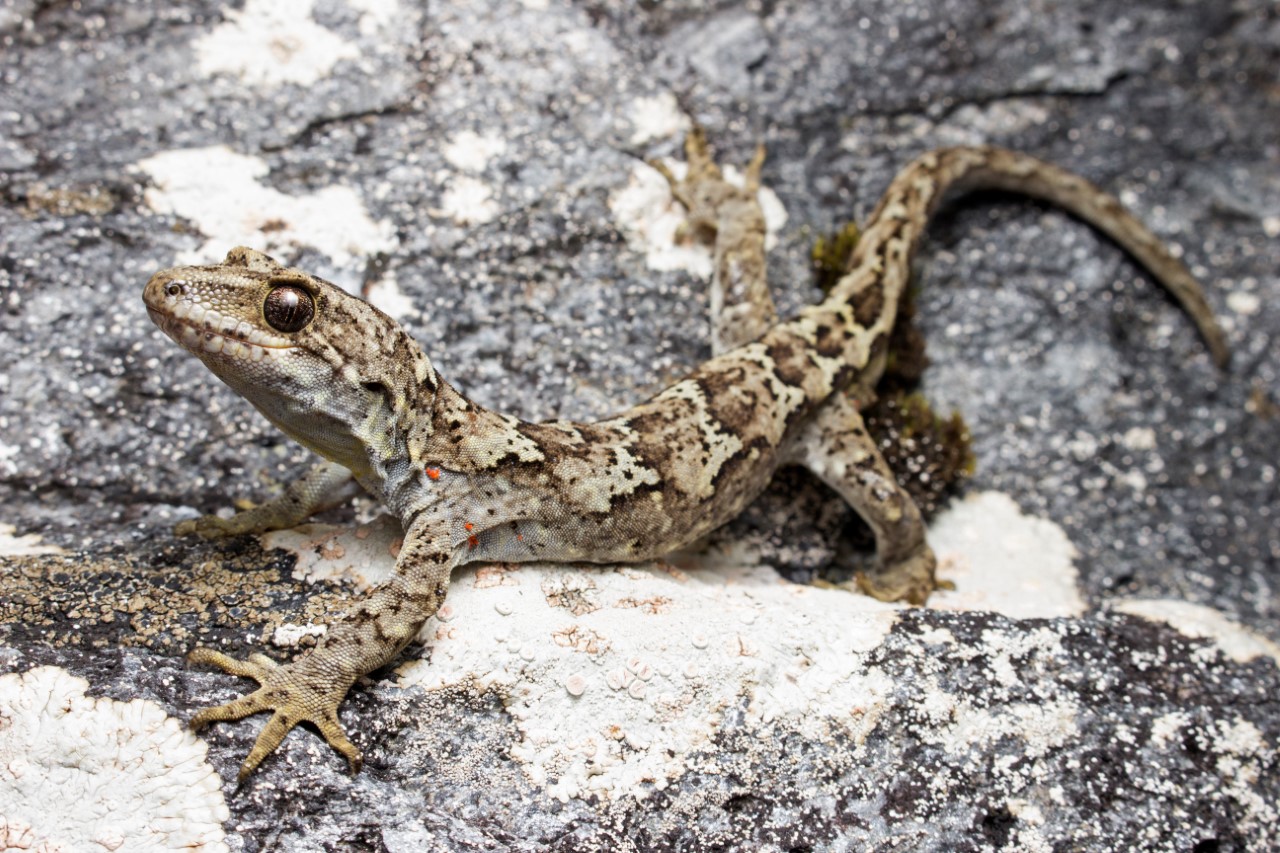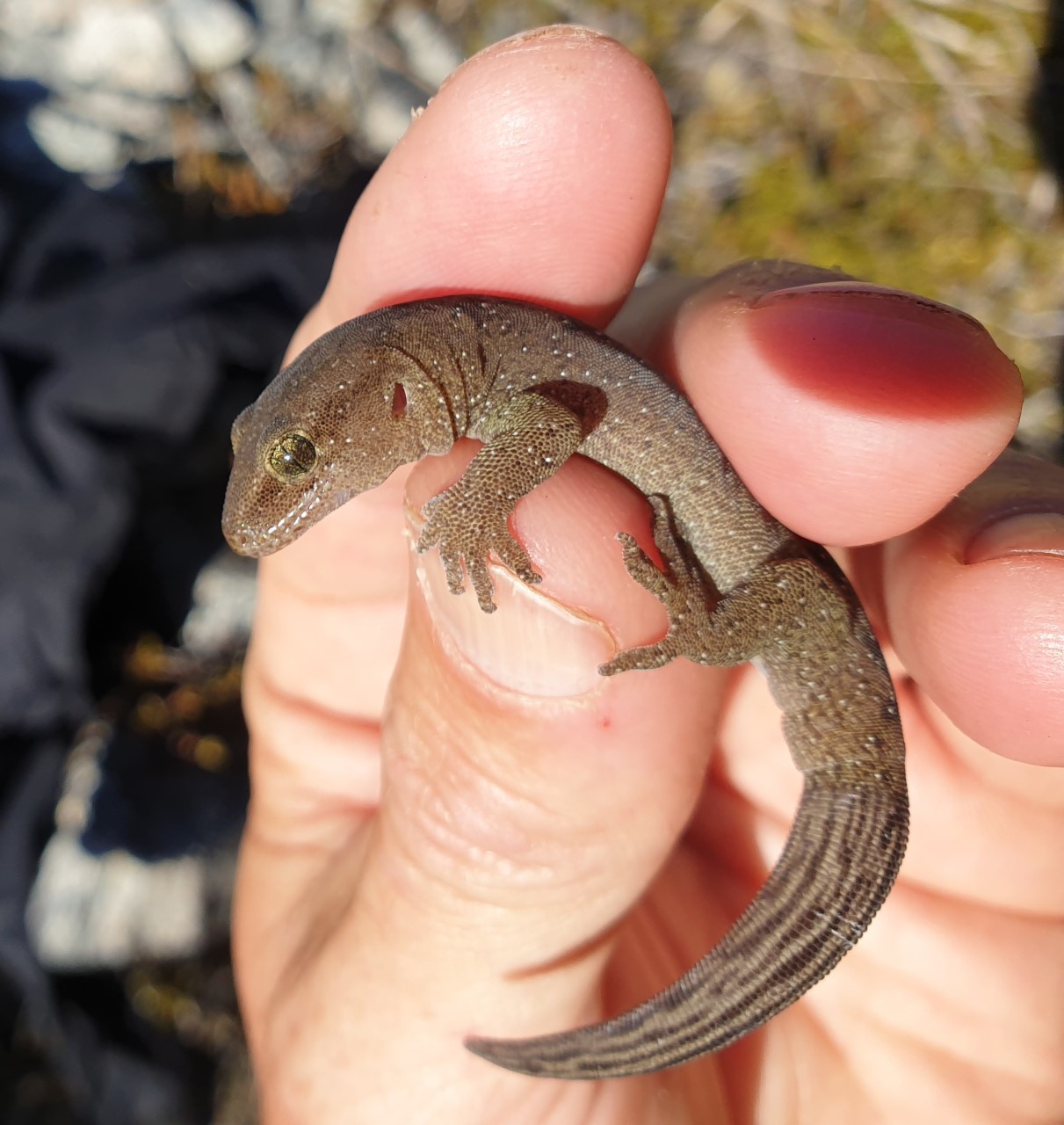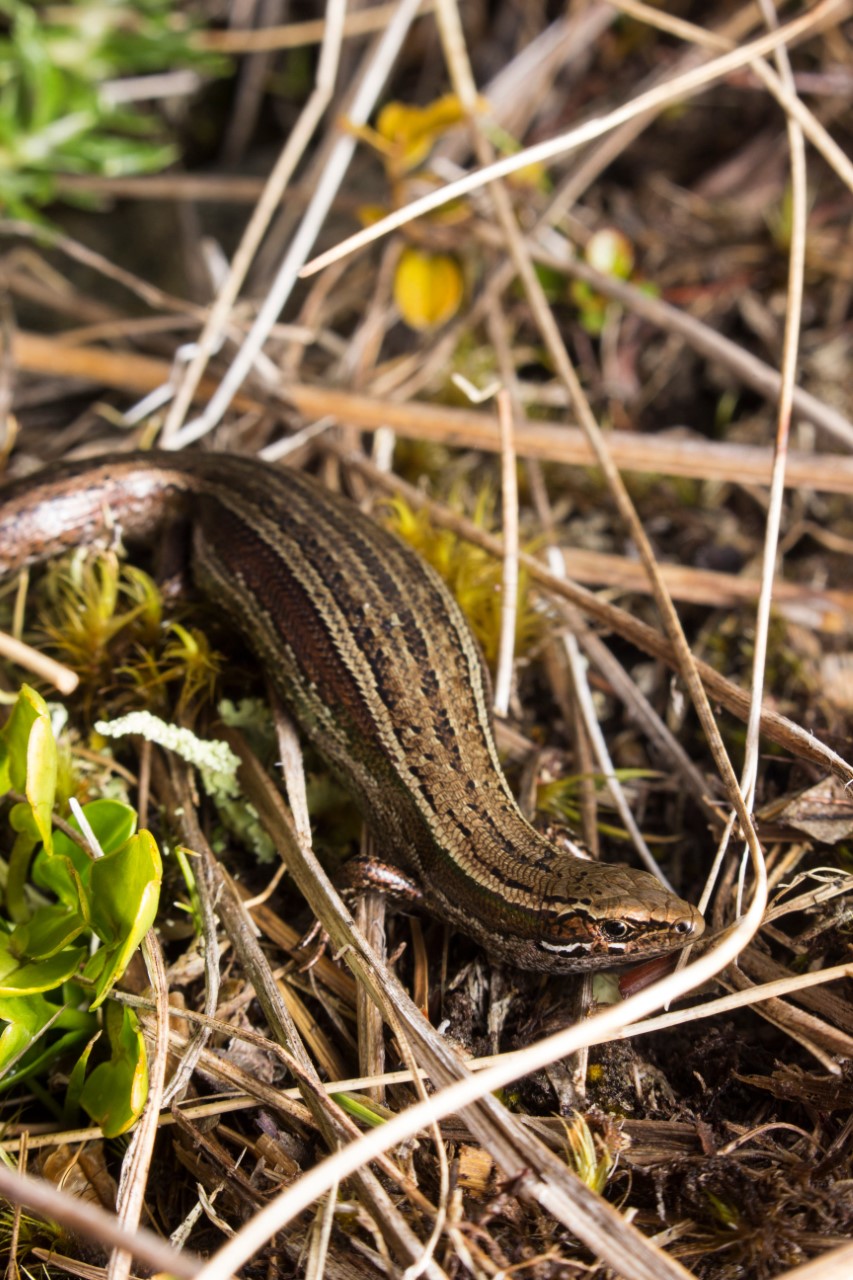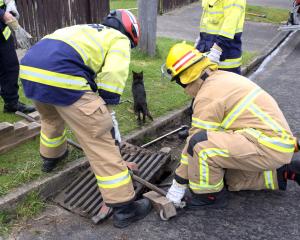
The exciting finds were made this summer in remote mountain areas in Fiordland, Mount Aspiring and Nelson Lakes national parks, and the Hooker/Landsborough Wilderness Area on the West Coast.
Department of Conservation science adviser and lizard survey project leader Dr Jo Monks said the discoveries are either new populations of known lizard species or completely new species.
"Our field teams have struck gold this summer with finds of two new skinks and two new geckos, which could all be completely new species.
"They look different to known species, but we won’t know for certain until we get the results of genetic testing.
"If they aren’t new species, it means we have discovered populations of these lizards in places we didn’t know they were, which is great news.”

In the Wick Mountains in northern Fiordland, 20 skinks were found in an area not surveyed previously, confirming the hunch it was suitable lizard habitat.
A trip into the depths of Mount Aspiring National Park to investigate a single gecko sighting resulted in nine geckos being found in an area far from other known populations.
Lizard prints in a rodent tracking tunnel in the Hooker/Landsborough Wilderness Area on the West Coast sparked a three-day search that led to the discovery of one pregnant female skink.
Another gecko was found in Nelson Lakes National Park, where the elusive Cupola gecko was also rediscovered this summer after only two previous sightings.
“These finds are very exciting and show there is much about our alpine lizards still be discovered,” says Jo Monks.

The aim of the summer lizard survey was to gain more information about poorly known or ‘data deficient’ lizards, some of which have only been seen once or twice previously.
The research allows taxonomic descriptions to be completed and the lizards’ conservation status assessed to inform the best way to manage them. It was made possible by biodiversity funding in Budget 2018.
DOC also wants to hear from member of the public who have spotted lizard. People are asked to take photos of the lizards and send reports with exact location information to lizardresearch@doc.govt.nz.














